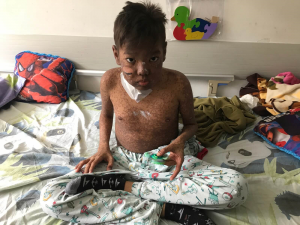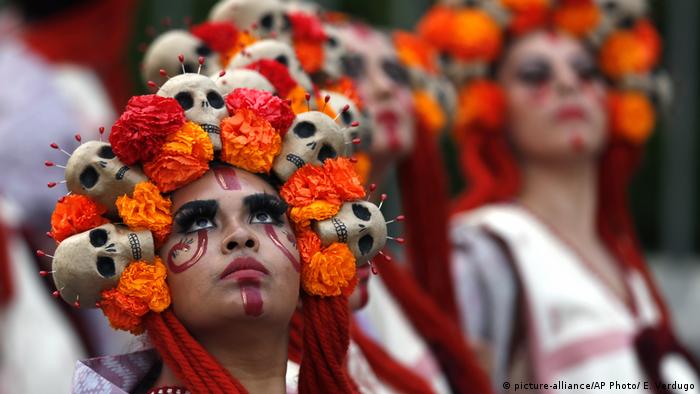Who Ordered Killing of Honduran Activist? Evidence of Broad Plot Is Found
Malkin, Elisabeth. “Who Ordered Killing of Honduran Activist? Evidence of Broad Plot Is Found”. New York Times, 28, Oct. 2017.

Berta Caceres was a Honduran environmental activist. In the middle of the night in March of 2016, two men broke into Caceres’s house and murdered her because of her activist messages. Caceres was not the first or last environmental activist to be murdered in Honduras. Caceres was 44 years old when she was killed. Before her death, Caceres had gained global attention for her leadership against the construction of a dam in her small indigenous town. Because of her international acclaim, Caceres’s murder has also gained international attention. A team of international lawyers studying the case have deduced that a group of executives who ran the company that intended to construct the dam conspired to have Ms Caceres killed. The lawyers also believe that state officials may have been involved and that the killers will probably never pay for their crime.
Currently, there are eight suspects being investigated as part of the investigation of the murder of Ms Caceres. While this is good, the government has not indited any of the people responsible for planning the murder despite text messages showing that they were involved with planning the murder and linking them to the murderers. This is a huge problem because it demonstrates the weak rule of law in Honduras.
This article is very interesting because it seems to portray Honduras in a negative light while simultaneously portraying the common people of Honduras in a positive one. This is good writing because instead of talking about the Hondurans as one people they are careful about criticizing only the people they are trying to criticize (corrupt officials and corporate executives). This kind of separation is important in media coverage of Latin America, especially countries like Honduras. Honduras has a whole lot of problems including the highest murder rate in the world and lots of corruption however the article did not talk about these problems because they were not relevant to the subject. Many articles will bring up these negative points even if they are irrelevant.
The even portrayal of Honduras and its people in this article is good for the identity of Honduran citizens. The subject matter in this article is not good for the people of Honduras. The extremely weak rule of law in Honduras probably makes Honduran citizens feel insignificant and afraid. This kind of fear discourages activism and self advocacy. The fact that the government is involved in these horrible killings and helps cover them up for economic gain probably makes the people of Honduras feel even more unimportant which is extremely damaging to personal identity.






